How to clean and care for a mattress topper – our ultimate expert guide
Keep your topper in tip-top condition


Knowing how to clean a mattress topper and care for it not only keeps it fresh to sleep on but also helps it last as long as possible before it needs to be replaced.
But unlike other bedding, which can usually go in the washer and dryer, this comfortable addition to your bed needs a little bit of extra TLC and careful sanitation to avoid damage or other issues, such as musty smells.
That's why this ultimate guide on cleaning and maintaining yours will keep the best mattress toppers in tip-top condition for years to come.
How to clean and care for a mattress topper like a pro
Investing in a topper for comfort comes hand in hand with learning the best cleaning tips for it. Our cleaning professionals are here to help answer your questions.
Can you wash a mattress topper?
One of the main questions when it comes to cleaning and caring for mattress toppers is 'Can you wash a mattress topper?' In short, the answer is yes, but it's important to do so correctly – if you wash it incorrectly, you'll risk completely ruining it.
Alicia Sokolowski, cleaning and laundry expert and CEO of AspenClean, advises, 'If your mattress topper is machine-washable, you should definitely wash it to remove sweat, dust mites, and common household allergens, as it will be designed to handle water and detergent without compromising its structure.'
When it comes to which mattress toppers can go in the washing machine, Alicia says, 'Generally, you should only wash mattress toppers that specifically state they are machine washable. These typically include cotton toppers, polyester toppers, and some down or feather toppers.'
Design expertise in your inbox – from inspiring decorating ideas and beautiful celebrity homes to practical gardening advice and shopping round-ups.
Always check the laundry symbols on the care label before getting started and, in the absence of a care label, carefully consider the material or find same make and model online and read the care instructions on retailer or brand listings.
You will, of course, also need to check whether your mattress topper is actually able to fit in your washing machine drum, to avoid any expensive or irreparable damage caused by washing machine mistakes. Most king-size, or larger toppers will be too big, and can therefore machine washing can be immediately ruled outand should be spot cleaned by hand instead.
Additionally, not all toppers, such as ones made from memory foam or latex, are suitable for machine washing. But, these can be spot cleaned with a gentle detergent such as the all Liquid Laundry Detergent available at Walmart.
Sylvia Emuwa, laundry expert and founder of Dinobi Detergent, explains, 'Foam mattresses are made of a material that is not machine washable, because the foam is not able to withstand machine agitation. It is also difficult to remove the moisture, therefore being highly susceptible to mold and mildew if moisture is trapped,' and risking the appearance of signs of mold on your mattress.
Many foam toppers, and pillows for that matter, can be damaged by the heat in washers and dryers so avoid those to curb any risk of damage.
How to get stains out of a mattress topper

Swift stain removal is key
Machine washable or not, sometimes you might need to get stains and spills out of a mattress topper while being careful to avoid compromising the shape and structure.
Always spot treat stains with a stain remover, such as the Resolve Multi-Fabric Cleaner Liquid and Upholstery Stain Remover available at Amazon, before popping your topper in the machine.
The key here is choosing an appropriate detergent. 'We recommend using a mild, eco-friendly detergent, such as the AspenClean Natural Laundry Detergent Unscented available at Amazon, for a safe and hypoallergenic clean,' says Alicia. 'Avoid bleach or harsh chemicals, which can weaken fibers and leave residue that may irritate your skin.'
Follow these fail-safe, simple steps recommended by our pros to spot clean your mattress topper:
1. Strip the bed and check the care labels
Remove all bedding. This is the perfect time to wash your pillows, bed sheets, protectors, and shams – just ensure you check the laundry symbols on each item before popping them in your washer.
You should also take the time to read the care label on your mattress topper before getting started on stain removal, as the advice may differ depending on the type of topper you have.
2. Spot treat, according to the type of stain
Ideally, you should spot-treat any spills as soon as they happen, though some stains may go unnoticed or build up over time.
Luckily, for almost all stains, Drew Miller, sleep consultant at Sit 'n Sleep, says, 'You can use a combination of cleaning with baking soda and white distilled vinegar,' such as the White Distilled Vinegar available at Target.
Importantly, if you are treating wet stains caused by a recent spill, blot the area dry with an old towel or microfiber cloth, such as the HOMEXCEL Microfiber Cleaning Cloth available at Amazon. Keeping in mind the golden rules of stain removal, don't rub or scrub too hard as this may push the stain deeper into the topper.
For old, dry stains, first dab gently with a damp cloth or spritz with water in a spray bottle, such as the Plastic Spray Bottle available at Amazon, before adding any commercial or homemade cleaning solutions.
The treatment you use will depend on the type of stain you're dealing with:
- Coffee stains: It's notoriously tricky to remove coffee stains, but Christina Heiser, in-house mattress expert at Saatva, says, 'Dish soap and vinegar is the best way to release deep coffee stains.' We recommend Dawn Ultra Liquid Dish Soap available at Walmart for this, for its ultra-powerful, concentrated cleaning power.
- Oil-based products: Grease from food or lotions is arguably the toughest to tackle, as you won't see the stain right away. The solution, though, is simple. First, sprinkle some baking soda, such as the Great Value Baking Soda available at Walmart to absorb oils. Let it sit for 20 minutes and then a handheld vacuum on the area. After, dab a mixture of dish soap and hot water onto the area, to break down any residual oils, before blotting dry. and letting fully dry before using.
- Blood stains: To remove tough blood stains, you should use white vinegar and cold water. Apply vinegar to the area and leave it to soak for 10 minutes, blot dry and repeat. Then, use a cloth dipped in cold water to release the topper of any vinegar residue. Don't worry, the strong smell of vinegar will dissipate. Never use hot water on blood stains as this will further set it.
- Urine stains: For urine stains and odors, Christina says, 'Non-toxic, natural enzyme cleaners such as Simple Solution Extreme Pet Stain and Odor Eliminator Spray available at Amazon, which chemically break down stains and odors, should do the trick in many cases.'
Remember to always follow the manufacturer's instructions, and, if stains aren't shifting, put aside at-home laundry tips and take your topper to the dry cleaners for a professional touch.
3. Deodorize your mattress topper
While this step is optional, we'd always recommend deodorizing your topper with baking soda, which is a natural deodorizer and will work to eliminate any lingering odors.
Mattress expert Christina suggests sprinkling the whole surface of your topper with up to a full one-pound box of baking soda, particularly if this is the first time treating stains and odors on your topper in a while. 'Leave it on for at least four hours – a full day is best, if possible,' she advises.
You can also add a few drops of your favorite essential oil, such as the Lavender Essential Oil available at Amazon, into the baking soda, or use a scented DIY linen spray.
Finally, remove the powder by first emptying the majority into a trash can or bag, to avoid damaging the filters and motor on your vacuum. Then use your handheld vacuum or the upholstery attachment on your best vacuum to pick up leftover debris.
4. Let the topper air-dry completely
Your mattress topper should not be too damp at any point, but there may still be some moisture lingering. To avoid the risk of mold and mildew build-up, allow your mattress topper enough time to completely dry before putting it back on the bed.
It's best to make the most of the benefits of air-drying laundry, and leaving it outside in the sun on a warm day is a great way to speed up the drying process. UV rays will also help to eliminate any remaining bacteria and sun-bleach lingering stains without the need for any extra chemicals or effort from you.
How to clean a memory foam mattress topper

Memory foam mattress toppers require extra care
In general, just like cleaning a memory foam mattress, memory foam toppers can be a little more difficult to clean and require a gentle approach to avoid any damage to the delicate foam or mold growth deep in its fibers.
Generally speaking, you want to avoid getting memory foam wet (it is one of the worst mattress cleaning mistakes to avoid), but there are a few caveats.
As you'll see, the process is very similar to spot cleaning a mattress topper in general, but here’s how the pros handle the task for foam mattress topper refreshes specifically:
- Strip the bedding: With the bedding removed, lay your memory foam mattress topper flat on a clean floor (or on a clean sheet) to make cleaning easier.
- Vacuum: Do you vacuum your mattress topper? It turns out it is an essential step to keeping your sleep space hygienic. Use a soft upholstery brush attachment on your vacuum to gently vacuum the surface of the topper – don't forget the sides, too.
- Remove odors with baking soda: Following the same steps as when spot-cleaning a mattress, sprinkle over baking soda, let it sit for 15 to 30 minutes, and vacuum up.
- Spot clean: As Christina Heiser highlights, ‘Memory foam is the one mattress type you need to be especially careful when cleaning. If you get the material too wet, it will take a very long time to dry, and you can increase the chances of developing mold or mildew. Do not steam clean. For the same reason, you should never clean a memory foam mattress topper with a wet vacuum or steam clean a mattress topper. Ken Doty, cleaning expert and COO at The Maids explains, ‘The memory foam breaks down its structure and causes it to lose shape. Instead, apply a cleaning solution sparingly to the stain, allowing it to sit for a few minutes and then blot with a paper towel or dry cloth.’
- Leave to air dry: This can be sped up by using your best dehumidifier to gently blow dry air over the topper
The DIY cleaning solutions you use will depend on the type of stain you need to treat, but may be laundry detergent or dish soap for everyday stains, white vinegar for deep-set stains, hydrogen peroxide for blood stains, and enzyme cleaners for when homemade solutions simply won't cut it.
How to store a mattress topper

Storing your topper correctly will ensure it stays soft and plush, even when it's not in use
Mattress toppers are so useful for adjusting the comfort of a bed, but what do you do with them when they're not on your mattress?
Storing a mattress topper when you're packing to move home or don't need it can be quite tricky – especially if you don't have too much space.
If you store a mattress topper incorrectly, it could be damaged, too. As with your duvet, bed sheets, and pillows, storing it correctly when not in use will help maintain it's condition and prevent it from getting musty or dirty.
- Clean your mattress topper, following the relevant steps listed above first, and ensure it's fully dry before proceeding.
- Roll up your mattress topper: The best way to store your mattress topper is to roll it. Theresa Schnorbach, content director and sleep scientist at Emma Mattress, recommends 'gently rolling the mattress topper instead of folding it, as folding can cause permanent wrinkles, creases, or even cracks in your topper'. By rolling it, you can save on space if you have fewer places to store. A tightly rolled mattress topper can fit perfectly under the bed or in a cupboard. If yours is thick, enlist a friend or relative to help you roll it evenly and tightly.
- Use a storage bag: Most mattress toppers will come with a storage bag. If yours did, 'carefully store it without creasing', says Theresa. 'If you no longer have the original bag, you can use a large plastic mattress bag to protect the topper from any damage.' We recommend the best-selling mattress bags from Linenspa on Amazon. Theresa adds that 'if your mattress topper came with a plastic vacuum seal, use this to seal the bag tightly and prevent air or harmful elements from damaging the topper. If your bag doesn't have a vacuum seal, you can similarly use your vacuum cleaner to remove the air from the bag before sealing it.' There are also plenty of vacuum storage bag solutions on Amazon that will shrink your topper, making it easier to store it without creases and protect it from dust and pests.
- Store in a cool, dry place: Where you store your mattress topper is important for keeping it in good condition. Theresa advises to 'choose a storage space that is dry and unlikely to experience too much temperature fluctuation,' like bedroom closets or under the bed. She recommends 'avoiding areas like basements and attics as these are often prone to dampness, humidity, or mold, which can damage the mattress topper.' Importantly, foam toppers should be kept away from heat at all times, as they may soften, warp, and even degrade if temperatures exceed 400°F.
Do I need to flip my mattress topper?
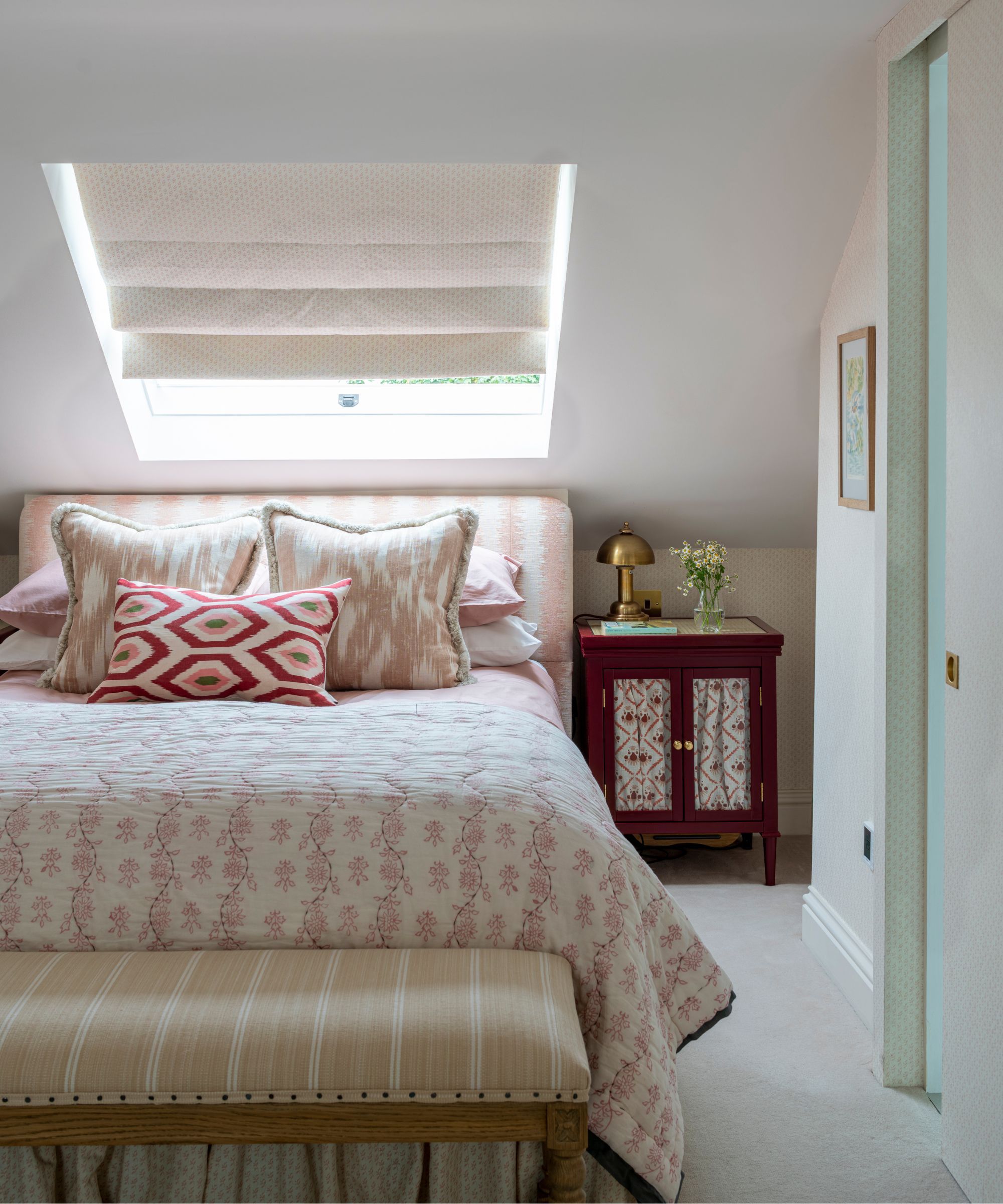
Instead of flipping your mattress topper, our pros suggest rotating, cleaning or replacing it instead
Since flipping a mattress usually increases its lifespan and improves comfort levels, you may be wondering if the same can be said for mattress toppers, but our bedding experts say flipping is not always the answer, and actually warn against doing so for some topper types.
This is because while all-feather mattress toppers can be flipped, not all mattress topper types can, or should be. Just like most memory foam pillows and hybrid mattresses, hybrid toppers are constructed with different layers, and usually have a designated top and underside. The top is generally soft and plush, designed to be directly slept on, while the underside is firmer for support. For that reason, it's not recommended to flip your mattress topper.
Sleep scientist Theresa explains, 'A hybrid mattress topper takes a regular spring base and adds a layer of foam designed to help you sleep better. Because of this unique layering, hybrid mattress toppers should not be flipped as you would a regular spring mattress.'
Instead, you can:
- Rotate your mattress topper, particularly if your aim in using one is to make an uncomfortable mattress more comfortable. Rotating your topper helps with maintaining its construction. After completing the rotation, your head should now lie where your feet previously did, reducing the pressure indent in the topper from your regular sleep position.
- Clean it as described above.
- Buy a mattress topper according to your size: Sleeping on your topper night after night will inevitably mean some general wear and tear, but toppers are available in various sizes and thicknesses. If your mattress topper is too thin or not dense enough to support your weight, it may flatten and sag more quickly. If you're not sure how thick your mattress topper should be, in general, the thicker the better, but make sure to buy a mattress topper according to your size.
Are mattress toppers antibacterial?
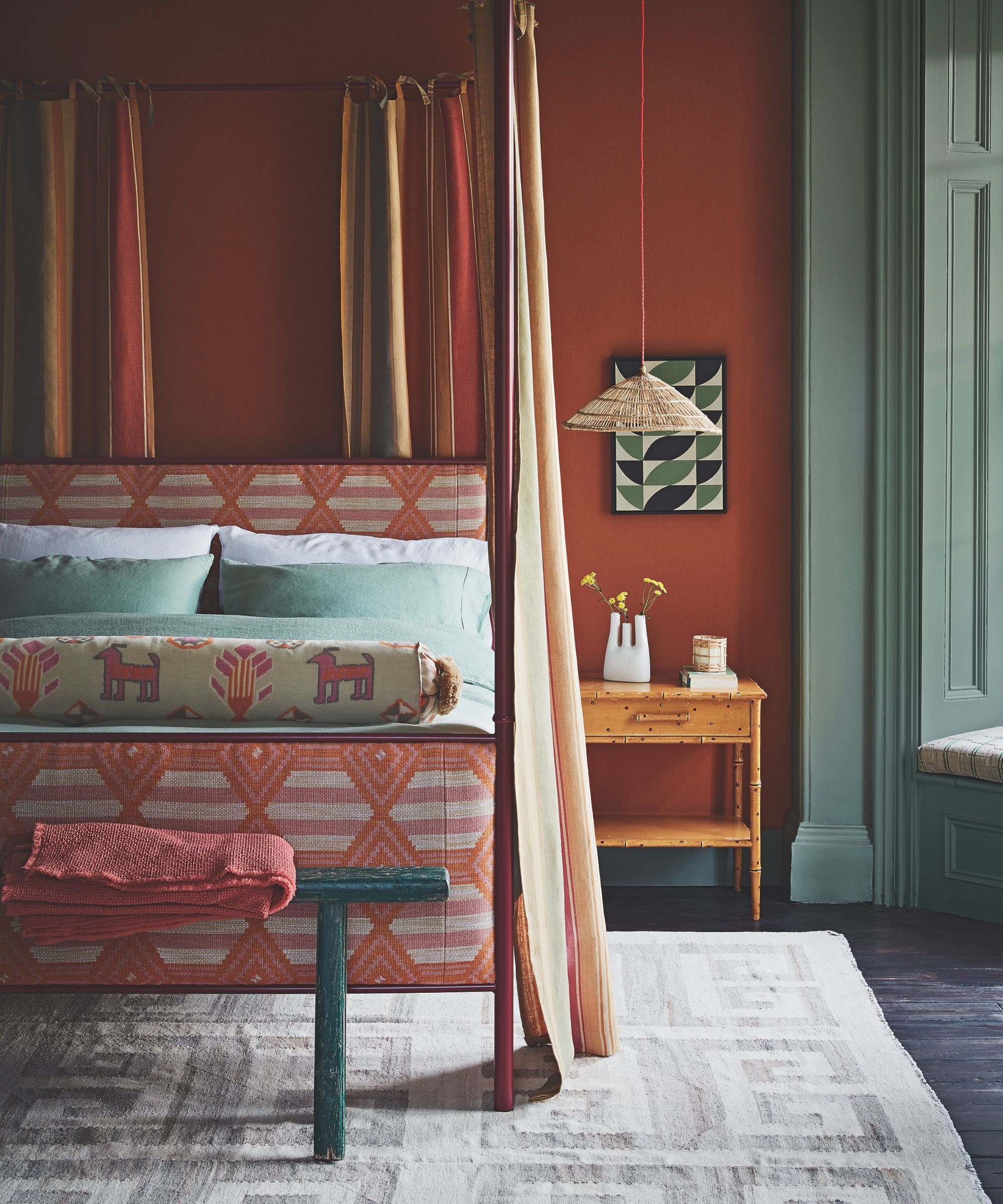
While they can be a worthy investment, an antibacterial topper won't clean your bed for you
Lots of mattress toppers claim to have all sorts of features, including antibacterial designs. However, only certain ones can fend off the bacteria that breed in hot, damp environments, such as bedrooms.
According to bedding expert Parima Ijaz, founder and CEO of Pure Parima, an antibacterial mattress topper has to be made with materials that kill or inhibit the growth of any bacteria that come into contact with the topper.'
Naturally antimicrobial materials include bamboo and eucalyptus fibers, which are woven into the fabric or foam of the topper. Some synthetics, such as certain blends of polyester, are also proven antibacterial agents.
'Sometimes, there is an added treatment that acts as a barrier between the mattress topper and bacteria,' says Parima. Such treatments often incorporate natural antibacterial agents, such as silver or copper ions, which might be applied as a film, or washed over the fabric and foam.
Therefore, antimicrobial mattress toppers are inherently resistant to the stains and odors emitted by bad bacteria. That's one unexpected upside of sleeping with antibacterial bedding: No unsightly yellow stains, just a clean, white mattress.
However, an antibacterial topper should never be your only line of defence against dirt and dust, as bacteria can realistically thrive just about anywhere, though antibacterial ones might help you cut down on the frequency of cleaning.
For that reason, while there are such things as antibacterial mattress toppers, and they might be ideal for sensitive sleepers and pet parents, they shouldn't be treated as a one-size-fits-all cleaning fix.
Antibacterial toppers work to clean your mattress, rather than your body or your bed sheets. If you're keen to improve your sleep hygiene, you might be better off with a set of antibacterial bed sheets or an antimicrobial duvet cover.
What to shop
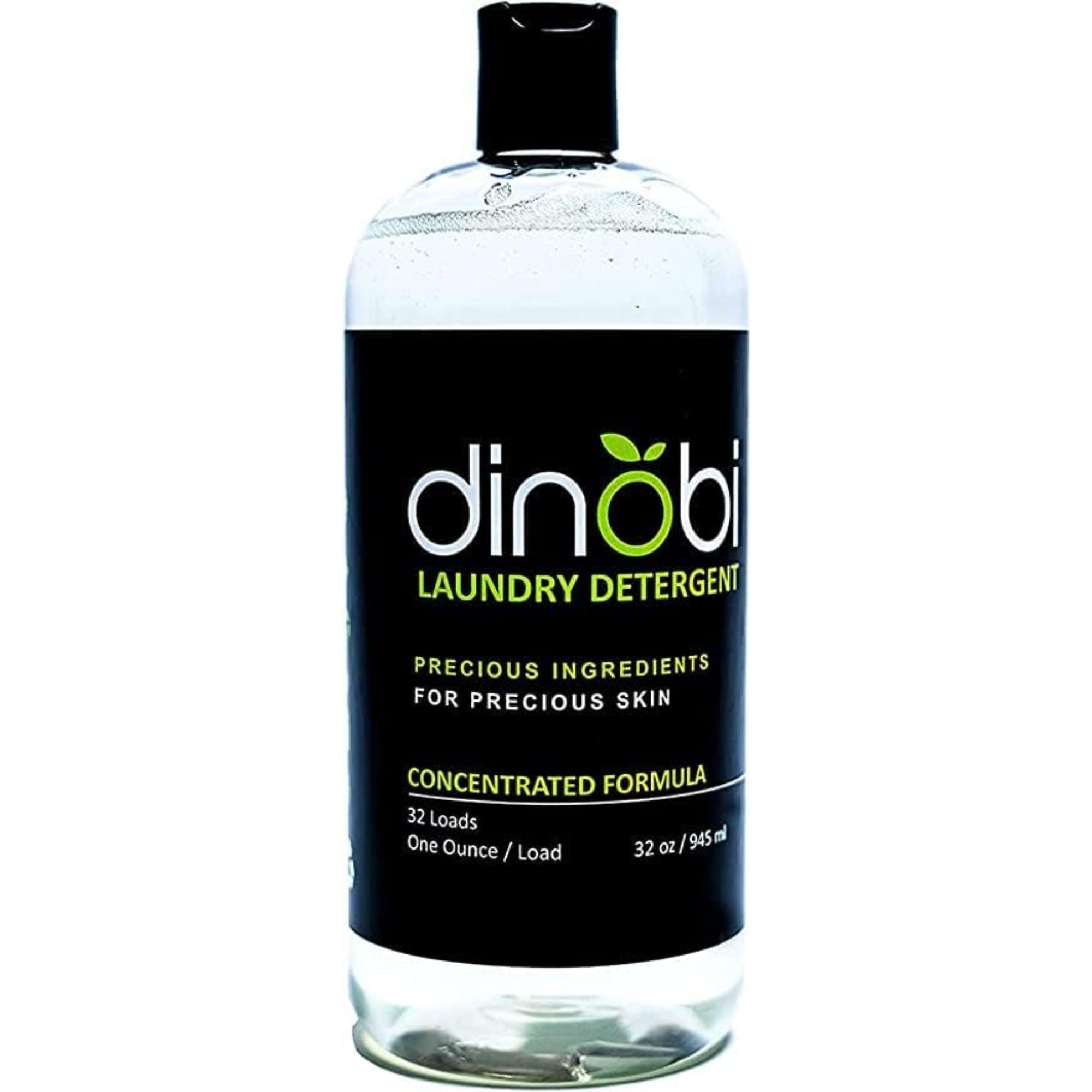
This eco-friendly, plant-based detergent is made without chemicals or sulfates, composed of only four ingredients. Water, plant-based surfactant, vegetable fatty oil, and essential oils provide a safe detergent that's suitable for all skin types and washing machines.
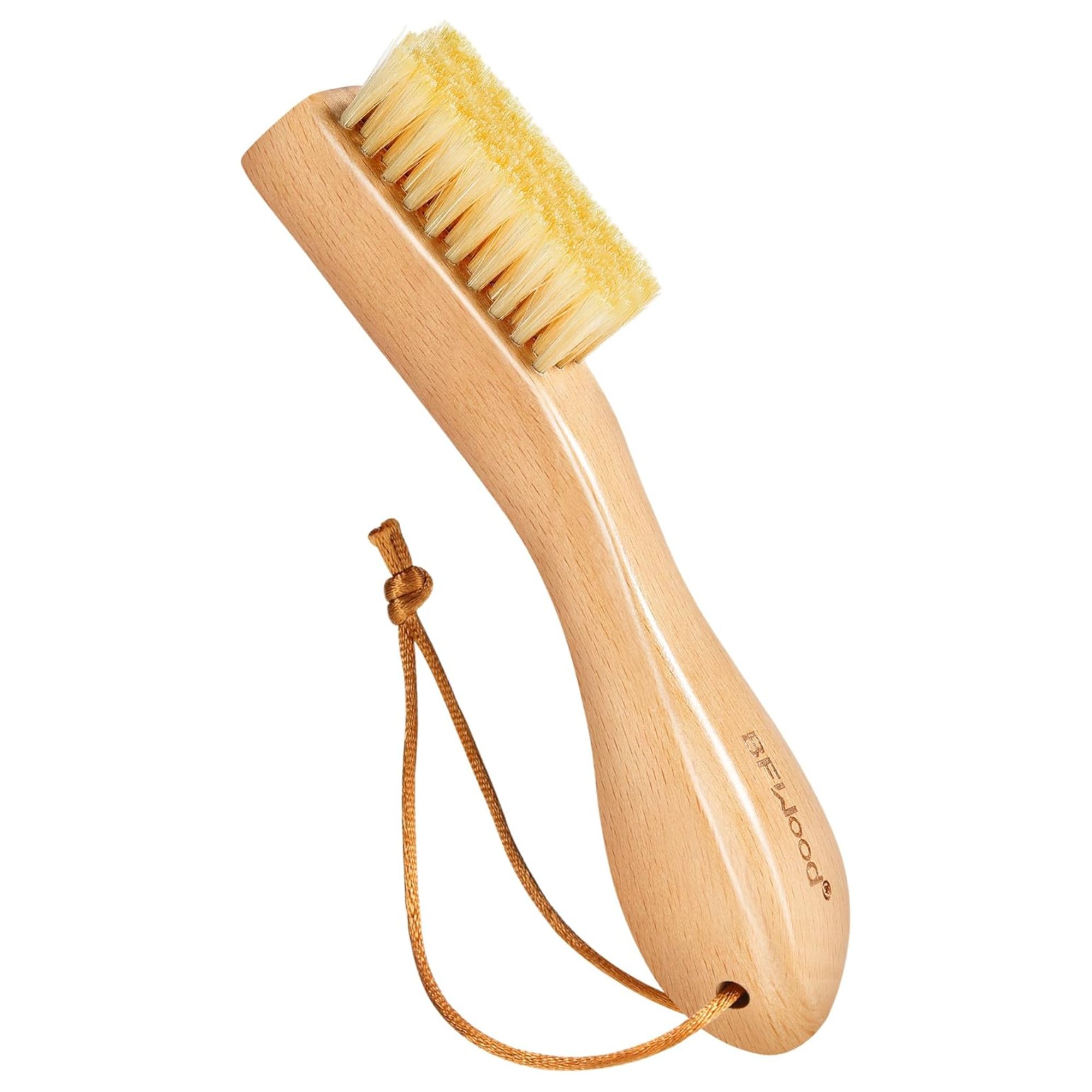
This laundry brush is ideal for removing stubborn stains without being too rough on fabrics, with soft white boar bristles that won't damage or pill.
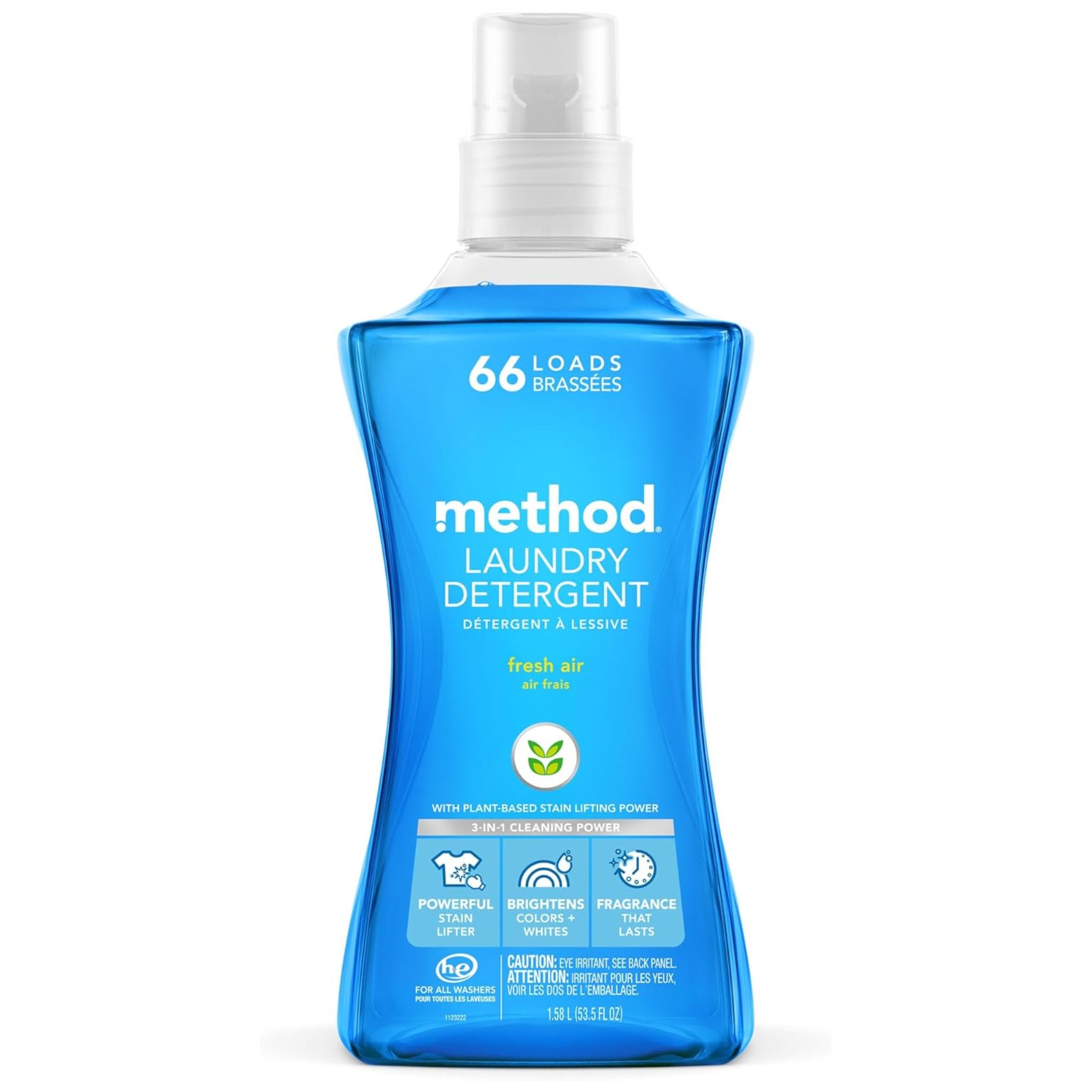
With 66 loads per bottle, this liquid laundry detergent is cruelty free and hypoallergenic, with a fresh scent to mimic that air-dried fresh smell and feel.

This all-purpose spray bottle features an adjustable sprayer, from a mist to a stream, and a comfortable two-grip trigger.

Made of breathable material, this affordable mattress topper preserves the comfortable feel of your mattress for a more sanitized sleep.

This budget pick, with over 91,000 five-star reviews, has cooling gel infusions and multiple profile options.
FAQs
Can you put a mattress topper in the dryer?
Putting a mattress topper in the dryer is a quick, easy drying solution after cleaning it – allowing you to sanitize your mattress topper and get it back on your bed before night falls. Whether you can will depend on its material composition. Excessive heat will damage foam toppers, and we'd always suggest double-checking the care label when it comes to feather-filled, down, and polyester types, too. You can, however, put a mattress protector in the dryer.
How often should you wash a mattress topper?
The good news is you don't have to clean your mattress topper as often as you should wash your bed sheets. You should spot-clean your topper as frequently as your mattress, and, as a general rule, wash it once every three months.
If you're someone who overheats at night or has pets or in your bed, you may want to clean it more often. Ideally, any accidental spills should be spot-treated immediately.
Can I bleach my mattress topper?
If you are struggling with deep, tough stains, it is easy to assume that bleaching the affected area will lift any discoloration. But mattress toppers are one of the items you should never clean with bleach, as harsh cleaners like bleach or hydrogen peroxide can damage the mattress topper's composition, especially if you have a memory foam mattress topper. Bleach may also spread the stain, rather than remove it.
Why did my mattress topper turn yellow?
You don't have to directly have any spills to stain your mattress topper; a natural build-up of sweat and body oil can cause your topper to yellow over time. To help prevent this, you should wash your mattress topper every three months – better yet, invest in one of the best mattress protectors.
How long should you keep a mattress topper?
A mattress topper is great for prolonging the life of your mattress, and it should do so by at least three to five years. Of course, this can vary depending on the type you have and how well you care for it – which includes storing it properly.
Memory foam toppers tend to last longer than polyfill or feather bed toppers, as they won't degrade or change form too easily.
However, experts do recommend that you replace your mattress topper after this time as it may start to sag or comfort your body and no longer provide the support needed. That being said, after 3-5 years, it's probably time to invest in a new mattress.
Which side of a mattress topper goes up?
Most mattress toppers have an obvious top layer that's designed to be slept on, or you can usually tell which side this is by checking its label. If it's a memory foam topper, it should come with a cover that indicates the side meant to face upwards.
If you have an egg crate mattress topper, such as the Best Price Mattress 3 Inch Egg Crate Memory Foam Mattress Topper available at Amazon, the peaks should be facing up. This allows for adequate airflow, keeping your temperature regulated as you sleep.
How do I keep my mattress topper from bunching?
If you're someone who tosses and turns in the night, you might find you struggle to keep fitted sheets on a bed, or your mattress topper may slide or bunch as you sleep. To avoid it coming completely off the bed or shifting beneath you, you should use sheet straps or suspenders, such as the bestselling Bed Sheet Holder Straps available at Amazon.
Meet our experts

With over 17 years of experience, Alicia specializes in creating a healthier, green alternative to chemical-based cleaning products and services.

Parima is the founder of Pure Parima, a premium bedding brand that makes luxury and authenticity accessible to all. Her insights and products have been featured in publications such as CNN Underscored and Cosmopolitan.

Theresa Schnorbach is a psychologist and sleep scientist specialized in Clinical Psychology and Cognitive Neuropsychology. She has completed a post-graduate training in Cognitive Behavioural Therapy for Insomnia (CBT-I) with the German Sleep Society (Deutsche Gesellschaft für Schlafforschung und Schlafmedizin (DGSM), endorsed by the European Research Society.
Remember, your mattress topper should only be a temporary fix to an old or uncomfortable mattress, or you might find yourself sacrificing good sleep in the long term. If you are planning on taking the plunge, knowing when to buy a mattress topper can make all the difference when it comes to securing the best price.
It's also equally as important to clean and care for your mattress protector correctly, too.

Ottilie joined Homes & Gardens in 2024 as the News Writer on Solved, after finishing a Master's in Magazine Journalism at City, University of London. Now, as the Sleep Editor, she spends her days hunting deals and producing content on all things sleep – from mattresses and sheets to protectors and pillows, all of which she tests in her own home. She also has particular expertise in home fragrance, covering everything from candles to reed diffusers.
Previously, she has written for Livingetc and Motorsport Magazine, and also has a Master's degree in English Literature and History of Art from the University of Edinburgh, where she developed a love for inspiring interiors and architecture.